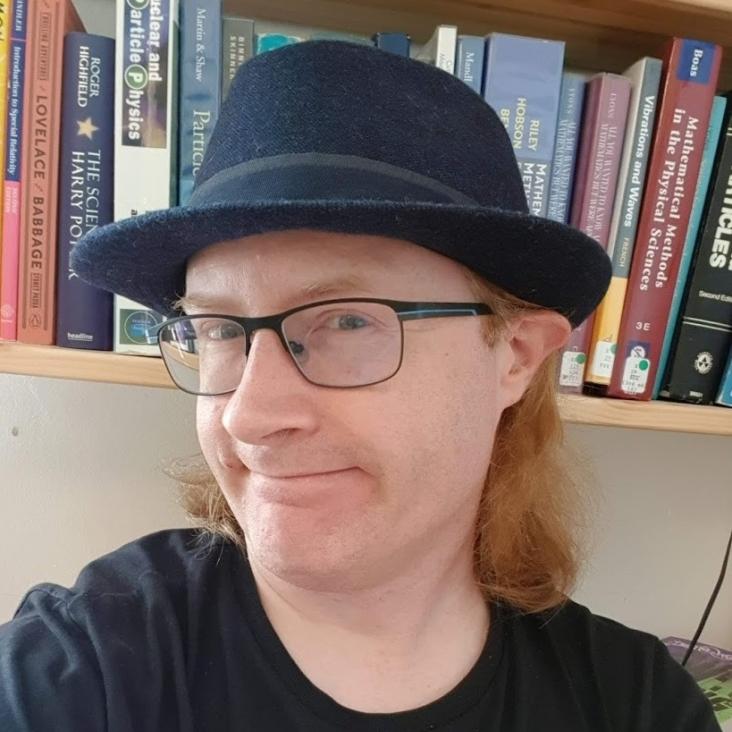Multichannel SQUID systems for particle physics experiments
NUCL INSTRUM METH A 559:2 (2006) 805-807
Abstract:
We have developed multichannel SQUID systems for two particle physics experiments: a 66-channel system for detector readout in the CRESST dark matter search, and a 12-channel magnetometry system for the CryoEDM neutron electric dipole moment experiment. These different applications have different requirements, for example in the CRESST system it is important to minimise crosstalk, while the CryoEDM system must be shielded from magnetic noise. Future experiments such as the EURECA dark matter project may require systems with a much higher number of channels. (c) 2006 Elsevier B.V. All rights reserved.Results and status of the CRESST experiment
Journal of Physics: Conference Series 39:1 (2006) 75-81
Abstract:
CRESST (Cryogenic Rare Event Search with Superconducting Thermometers) employs cryogenic detectors for the direct search for weakly interacting massive dark matter particles (WIMPs). In the second phase of the experiment scintillating calcium tungstate crystals are used to discriminate background by means of different light yield for background and WIMP signals. After first results with this novel technique have been obtained, the experimental setup is being upgraded for further background reduction and larger target mass. The results and present status of the experiment will be presented. © 2006 IOP Publishing Ltd.EURECA -- the European future of cryogenic dark matter searches
J PHYS CONF SER 39 (2006) 139-141
Abstract:
EURECA (European Underground Rare Event Calorimeter Array) is a new project, searching for dark matter, with largely the present groups of the CRESST and EDELWEISS experiments and already a few new groups. The aim is to explore scalar cross sections in the 10(-9) - 10(-10) pico-barn region with a target mass of up to one tonne. A major advantage of EURECA is our planned use of more that just one target material (multi target experiment for WIMP identification). In preparation for this large-scale experiment, R&D for EURECA is provided through the current phases of CRESST and EDELWEISS.CRESST cryogenic dark matter search
NEW ASTRON REV 49:2-6 (2005) 255-258
Abstract:
The CRESST Phase II experiment at Gran Sasso is using 300 g scintillating CaWO4 crystals as absorbers for direct WIMP (weakly interactive massive particles) detection. The phonon signal in the CaWO4 crystal is registered in coincidence with the light signal, which is measured with a separate cryogenic light detector. The absorber crystal and the silicon light detector are read out by tungsten superconducting phase transition thermometers (W-SPTs). As a result an active discrimination of the electron recoils against nuclear recoils is achieved. Results on the properties of the detector modules and on the WIMP sensitivity are presented. (C) 2005 Published by Elsevier B.V.Limits on WIMP dark matter using scintillating CaWO4 cryogenic detectors with active background suppression
Astroparticle Physics 23 (2005) 325-339


